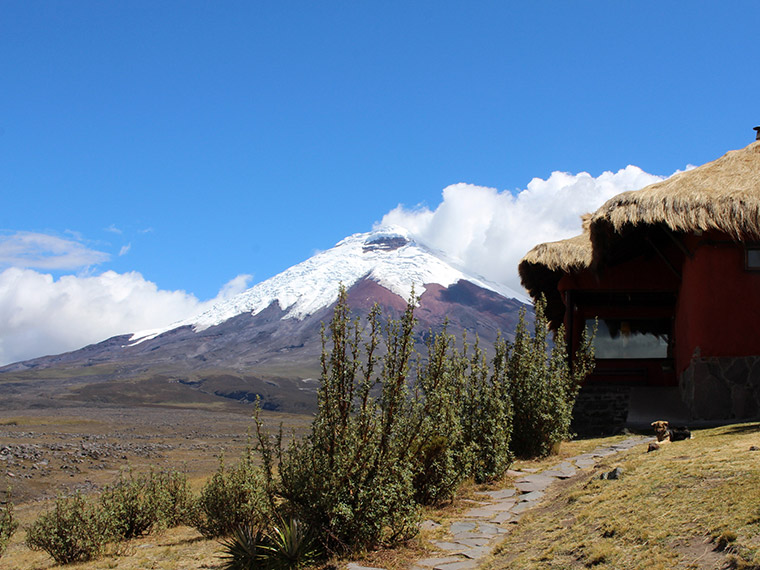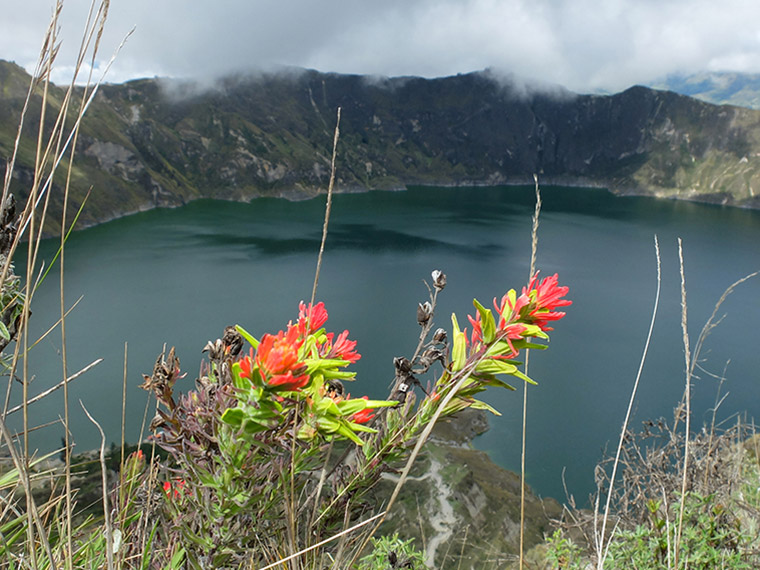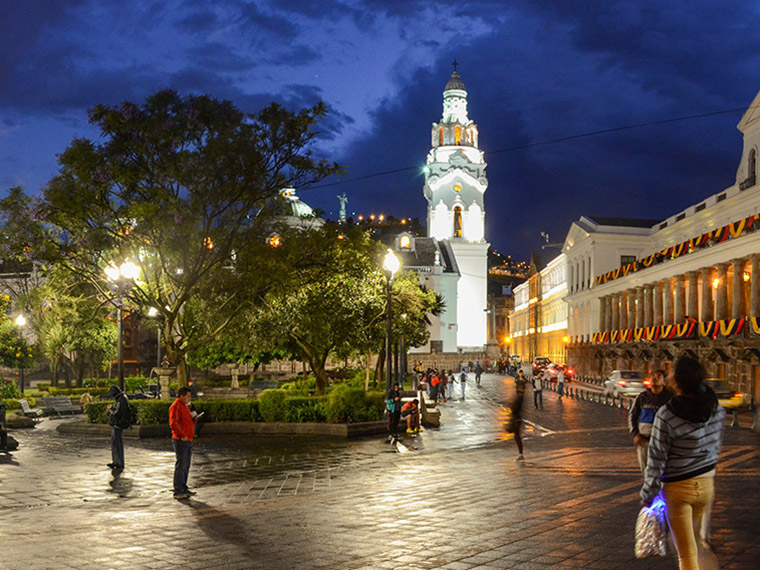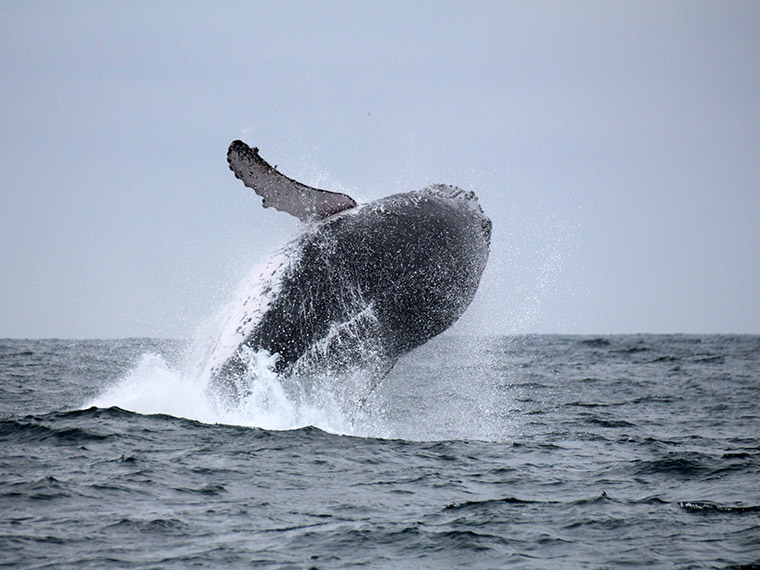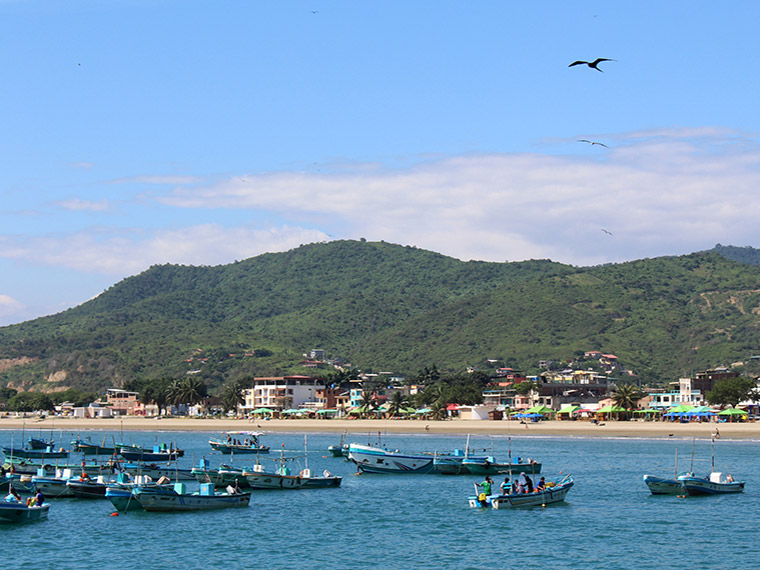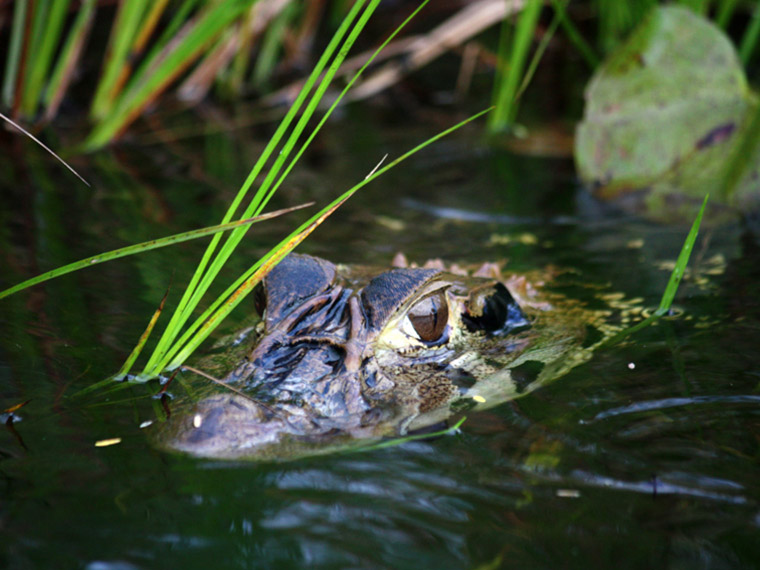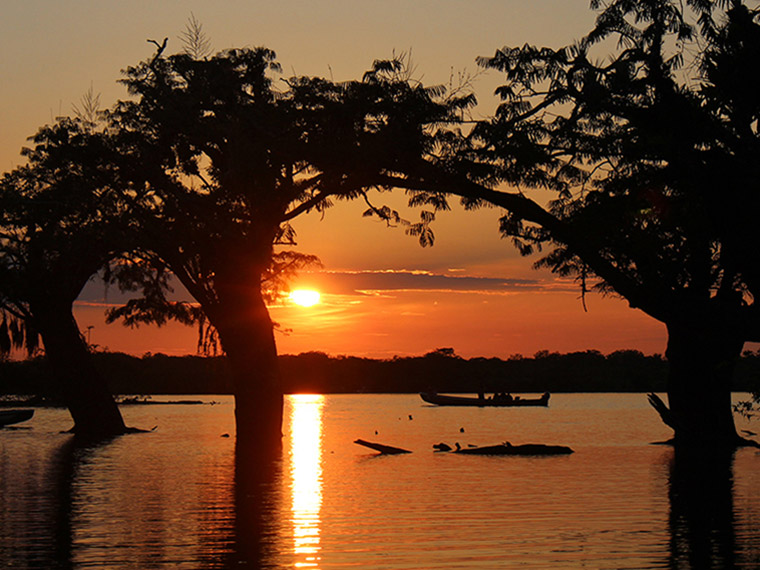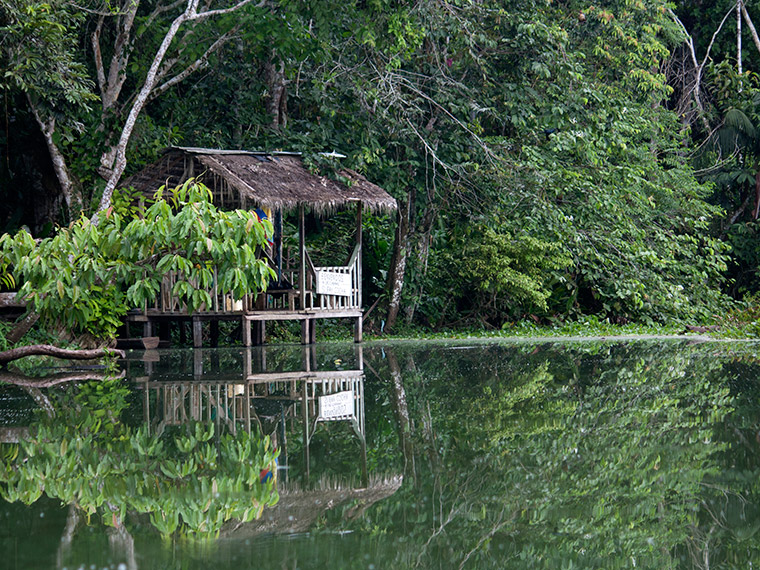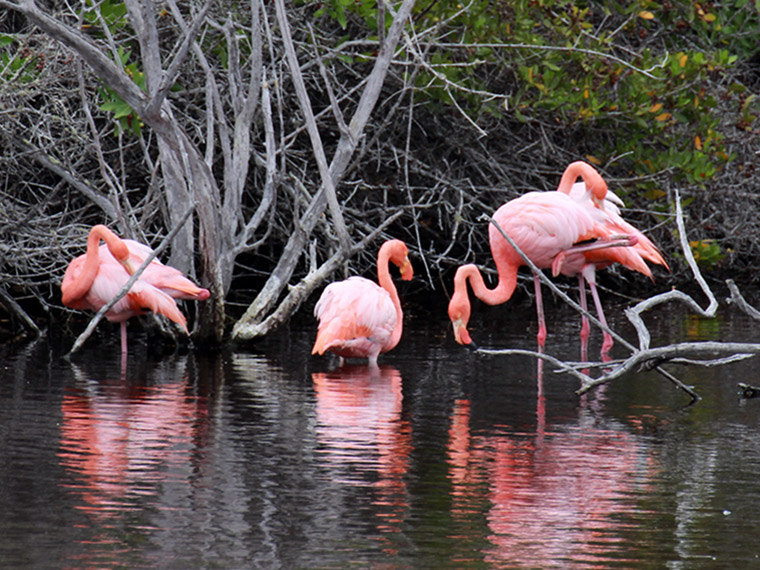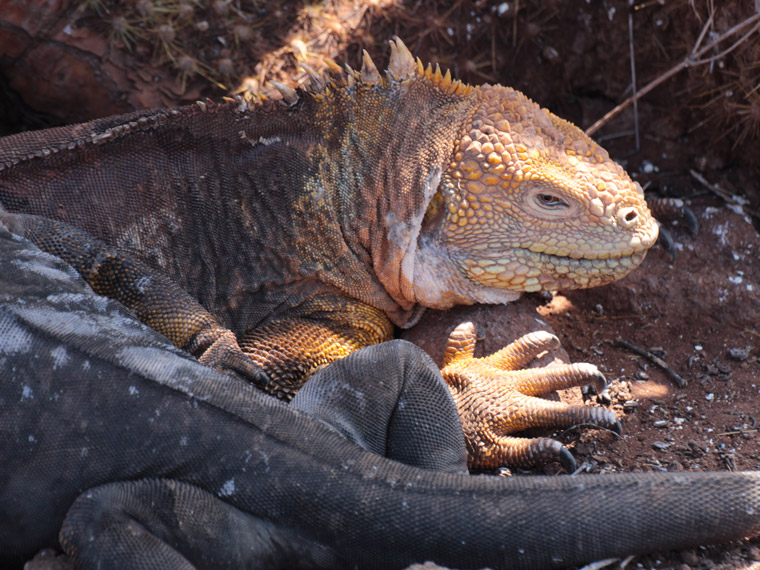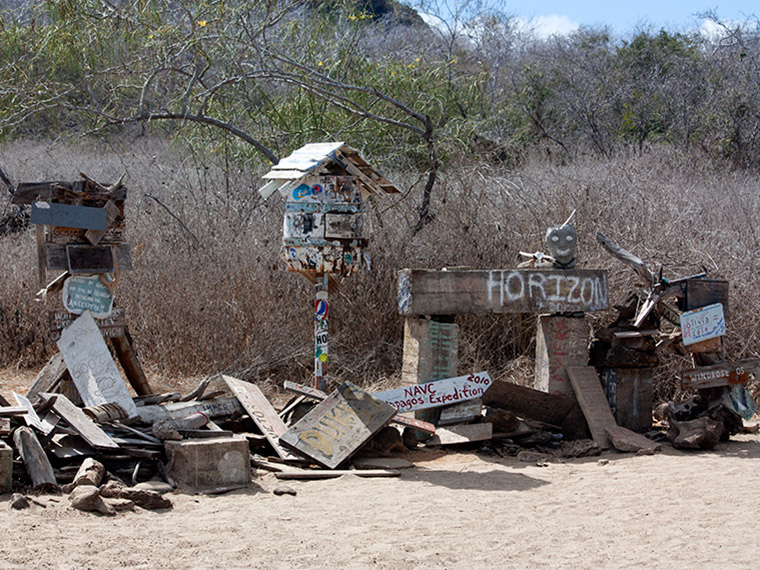Entry requirements
Passports, visas and health insurance:
Passport
All visitors entering as tourists need a valid passport at least for six months after the arrival date.
Once traveling around mainland Ecuador, you are advised to leave your passport and other valuables in a secure place, ideally in safe boxes provided by hotel rooms. For identification purposes, it is also recommended to carry a copy of your passport’s ID photo page at all times- conversely, it is mandatory for Ecuadoreans carry ID cards. It should be noted, however, that you will need your passport when traveling to the Galapagos Islands and the Amazon region.
Visa
Visitors from most countries don’t need a visa to enter the country for stays lesser than 90 days. Citizens from a handful of African and Asian countries (including China) do require a visa.
Health insurance
All visitors need a valid health insurance for the duration of the stay in Ecuador, including the Galapagos Islands.
An immigration agent may request visitors to show proof of health insurance arrangements prior to their entry to Ecuador. In failure to do so, the immigration agent will be free to deny entry to the country.
Vaccinations
No vaccination is obligatory, but the following are recommended:
Diphtheria, polio, tetanus, typhus and hepatitis A and B (throughout country),
Yellow Fever and Malaria (when visiting certain regions of the Amazon basin for a longer stay)
Please consult with your health provider a few weeks prior to your travel.
If your international flight arrangements include transit through the United States:
Please note that citizens of most countries in Europe are allowed to enter the USA without the need for a tourist visa but such citizens do need to register themselves under the Visa Waiver Program (VWP) before arrival. All VWP travelers, including children, must have their own individual passports. Children added to a parent's passport are not eligible to travel visa free and must obtain either their own personal passport or a visa. Additionally, you need to register under ESTA.
Please check the American Embassy’s website in your country for up-to-date requirements and further details.
Tickets
Tickets are costlier during high season for tourists: from mid-June through early September, and from December through mid-January
Departure Tax
Departure tax is now included in all flight ticket prices.
Climate
Every Ecuadorian region has a wet “winter” and a rather dry “summer”, but it is often difficult to rely on daily weather forecast. This is especially true for years influenced by “El Niño” current, when heavy rainfalls affect most of the country and are often followed by long-lasting dry periods during “La Niña” phenomenon.
The sunrays fall vertically onto the earth along the equator, thus making them much stronger than in the USA or Europe- this is particularly true throughout the mountains.
Always wear sunscreen lotion with a high SPF along with a hat in order to protect yourself from sun burnt, even on cloudy days.
• The Andes
Despite being located right on the equator, the Ecuadorian Andes region is generally cooler than most people would expect. Quito, for example, has a climate similar to springtime in Europe, where days are usually warm or hot, but nights are cool and sometimes chilly. The rainy season is from October to May, with the heaviest rainfall occurring in April and in the afternoons.
Temperatures also depend on the altitude. Above 4800m, you can expect snowfall all year round.
• The Galapagos Islands
There are two main seasons in the Galápagos Islands: the wet season and the garúa, or dry season. The seasons are affected by the ocean currents. Differences in season are more characterized by precipitations and clouds covering the area, whereas differences in temperature are more prone to remain mild year-round.
From December to May. Wet and warmer season
From June to November: Dry and cooler season
Packing list
The climate is variable, sometimes we can have the four seasons on the same day. It is therefore advisable, according to the time of day, to wear several layers of clothing in the so-called onion system.
Comfortable walking shoes and sandals for warm regions
- Warm clothes for the evenings and nights, bring at least a light fleece and a windproof
- Waterproof jacket
- Sunscreen protection: hat, sunscreen lotion and sunglasses
- Photo camera, binoculars...
- Gloves and woolen hat if you plan to add excursions at higher altitudes
- Long-sleeve shirts (best protection against mosquitoes in humid regions)
- Insect repellent (Amazonia and the Coast)
- Bathing suits
- Personal cosmetics and first-aid kit
- 20 lt. backpack for excursions
Money and credit carts
In 2000, the US dollar was introduced as the official currency of the country, replacing the unstable national currency called " Sucre". Still, there are locally produced coins for US cents (1-, 5-, 10-, 25- and 50 cents) that are only valid here in the country -but US cents are accepted as well.
We recommend that you do not bring any Euros or traveler's checks as they yield bad exchange rates.
It is preferable to bring 1, 5, 10 and 20-USD bills from your home country. Higher-denomination bills are often not accepted in fear of counterfeit transactions.
Credit cards are accepted in better hotels and restaurants, in travel agencies, boutiques, supermarkets and in some petrol stations. Visa and Mastercard are widely accepted, but Diners and American Express can be also used although at a lesser extent.
With a credit card and PIN code, you can withdraw cash from ATMs and banks. You can also withdraw money using debit cards at the same places, preferably with cards featuring Maestro. Debit cards daily withdrawals are often lower than amounts allowed for credit cards.
For amounts of money exceeding the daily allowance or in the event of credit card issues and ATM withdrawals, it is advisable to contact your credit card’s main office.
Taxes
A 12% VAT tax will be applied to most goods and services in the country. A 10% Service fee is often applied in pricier restaurants and hotels
Both taxes and fees are already included in bills.
Tips
Tips are part of the Ecuadorian culture and should be given at your own discretion. As part of our commitment, we ensure that our service providers receive a basic salary, but they are happy to get a tip if you are satisfied with their service.
Many restaurants automatically charge a 10% service fee to the bill.
The porters expect about $ 1 per suitcase.
Calculate about $ 5-8 per person, per day for the guide and half of that amount for the driver.
In Galapagos, guides and crew members often expect higher gratuities.
Internet
There are inexpensive internet cafes in all cities. Almost all hotels offer Wi-Fi service.
Mobile phone
You can use your own mobile phone in Ecuador if it works with the 850-frequency band (GSM quadband phones) and if your phone plan includes roaming services. You also need to be in a mobile network zone (which is not always the case in remote areas). Be careful with roaming fees charged by your country provider.
Photography
Film and photo material should be brought from home as it can be costly and difficult to obtain once in Ecuador.
Sunlight at noon is extremely strong and comes directly from above. This phenomenon creates very strong shadows and flat landscapes. The best light for photography purposes prevails early in the morning and late in the afternoon. Sunrise happens, throughout the year, at around 06:00 and sunset takes place at around 18:15.
Recommendation: Use a UV or polarization filter to deal with the harsh light in the Andes
When photographing people, consideration and tactfulness should be self-evident. Please do not take pictures without prior consent from locals. Sometimes a small fee is asked for pictures/filming. In churches and museums, photography is usually prohibited.
CONTACT

